
Explanation & Examples of a Peer-to-Peer business model
From ridesharing to lending business, our blog uncovers the list of business that relies on the P2P model. Also, we covered how they earn and be advantageous.
A short answer to "What is the peer-to-peer business model?"
The peer-to-peer (P2P) business model is all about cutting out the middleman and connecting people directly within a network.
It's like having a digital marketplace where users can connect, collaborate, and do business without unnecessary intermediaries.

Peer-to-Peer is now everywhere, from booking taxis to searching for a job (not relatable to entrepreneurs).
Linkedin, for example, is an indispensable platform for connecting businesses with professionals to get a real-time job.
Uber, a taxi booking app connects riders and drivers with the platform.
But wait for more peer-to-peer business awaiting in the coming section.
Let's get into what is peer-to-peer.
It refers to the network, where two or more people interact directly with each other without a need for an intermediator.
It is decentralized, which means no central server or organization manages the conversation. Here, the users connect directly and interact with each other - without any middlemen.
BitTorrent - am I seeding out nostalgia? Many people still use torrents to download files (movies), which is a typical example of a P2P network.
Returning to the present, we have become acquainted with many businesses without realizing they operate on a P2P model.
Make use of this jump link
Top players who aced the P2P business model
1. Airbnb
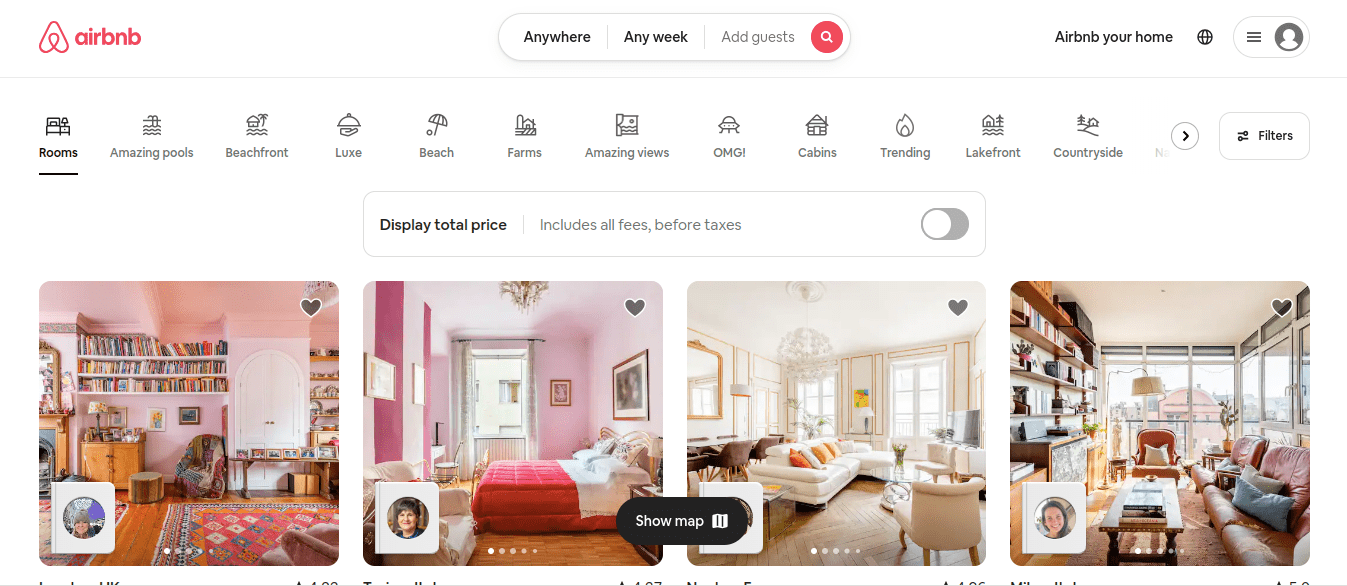
Airbnb, a vacation rental app, revolutionized the industry by assisting individuals and property owners in listing and renting properties.
It has become a global leader in the P2P accommodation-sharing market, offering a wide range of unique and affordable lodging options across 191 countries.
Statistics
- Airbnb has over 4 million hosts worldwide and has served over 1.4 billion visitors.
- On average, the host earns $13,800 annually.
- 6 guests visit Airbnb each second.
2. Uber
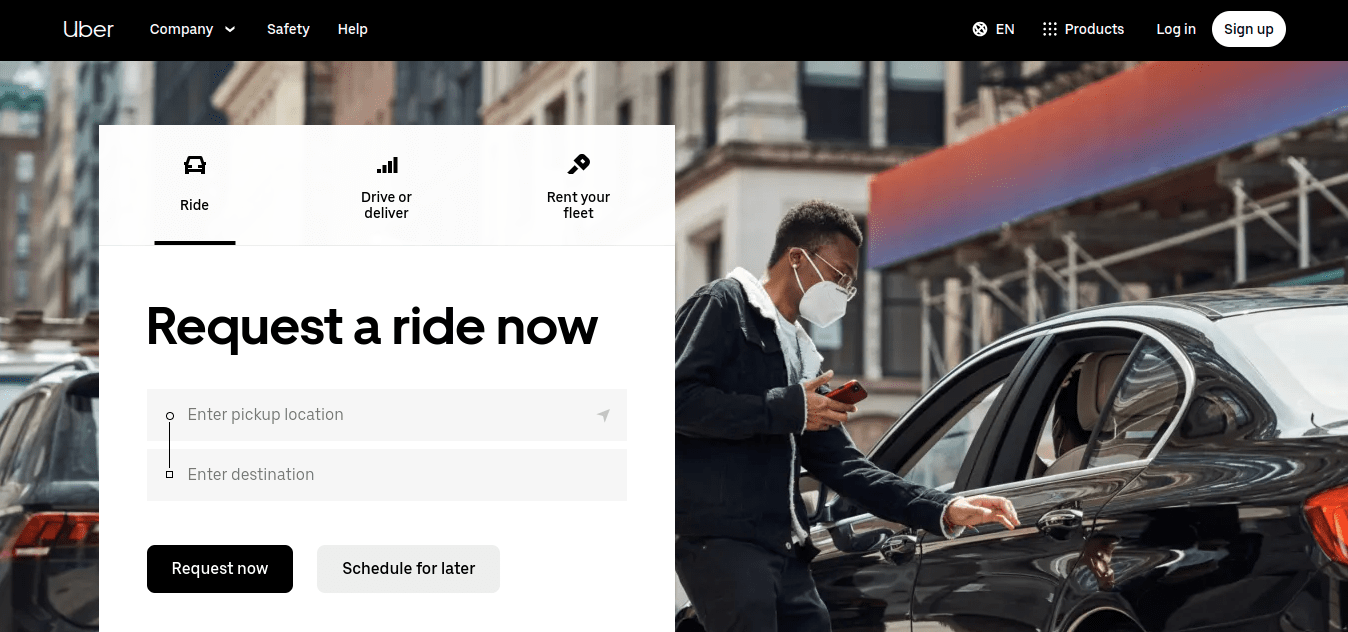
Uber disrupted the traditional taxi industry by introducing a P2P ridesharing model. The platform connects riders with a driver who has a personal car.
Its innovative and convenient transportation service empowers them as a market leader. In the meantime, they serve more than 70+ countries.
Breaking the old way
The taxi business has never experienced such a disruptive force before Uber. The deed was unexpected in that Uber revolutionized the old system and devised a new approach that no one had heard of.
Following the beta launch in 2010, Uber released its mobile app in 2011. That’s where the real threats bashed the traditional taxi business really hard.
From hiring a private driver in their initial days to having over 32,800 employees, Uber had come a long way.
3. Upwork
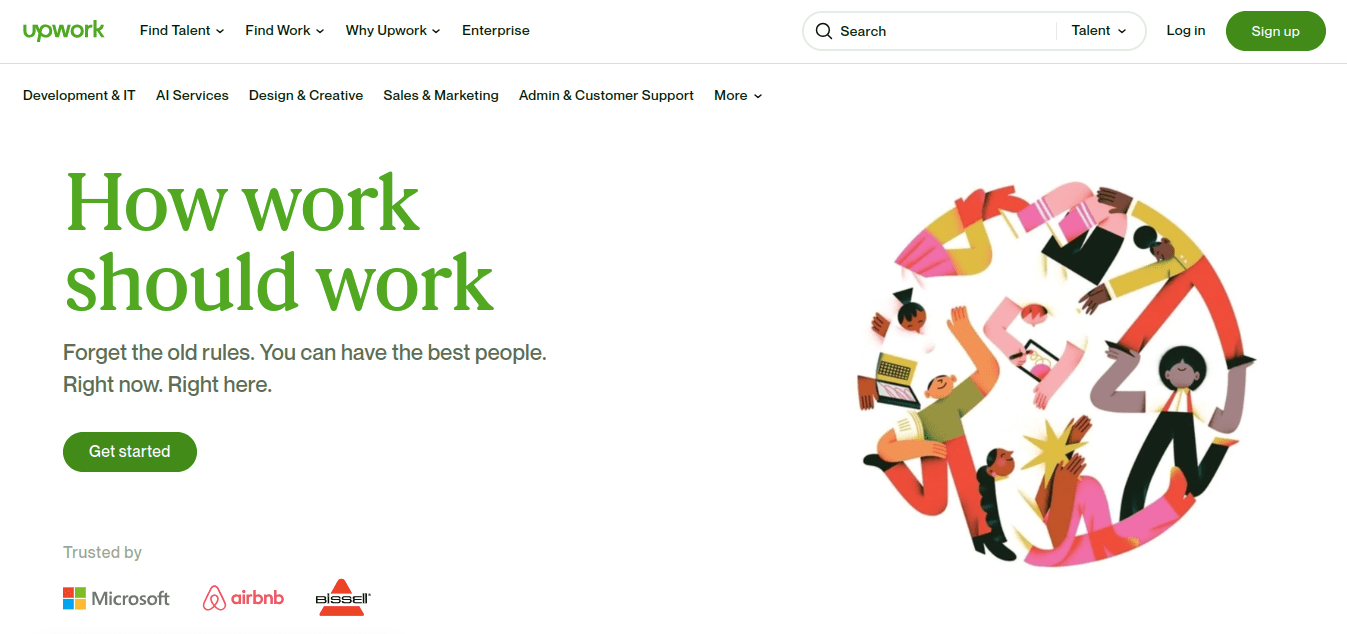
Upwork began in 2013 as Elance-oDesk. It is a peer-to-peer platform that allows freelancers to collaborate and work with the business.
What the platform is for?
The freelancer can showcase their skill and can submit their proposal as a response to the clients who posted the project.
After the review, if the clients like the proposal, they can work together.
And how would the clients receive the project?
The freelancers can submit their work through the platform, and if approved, Upwork guarantees a secure payment transaction for the freelancers.
4. TaskRabbit
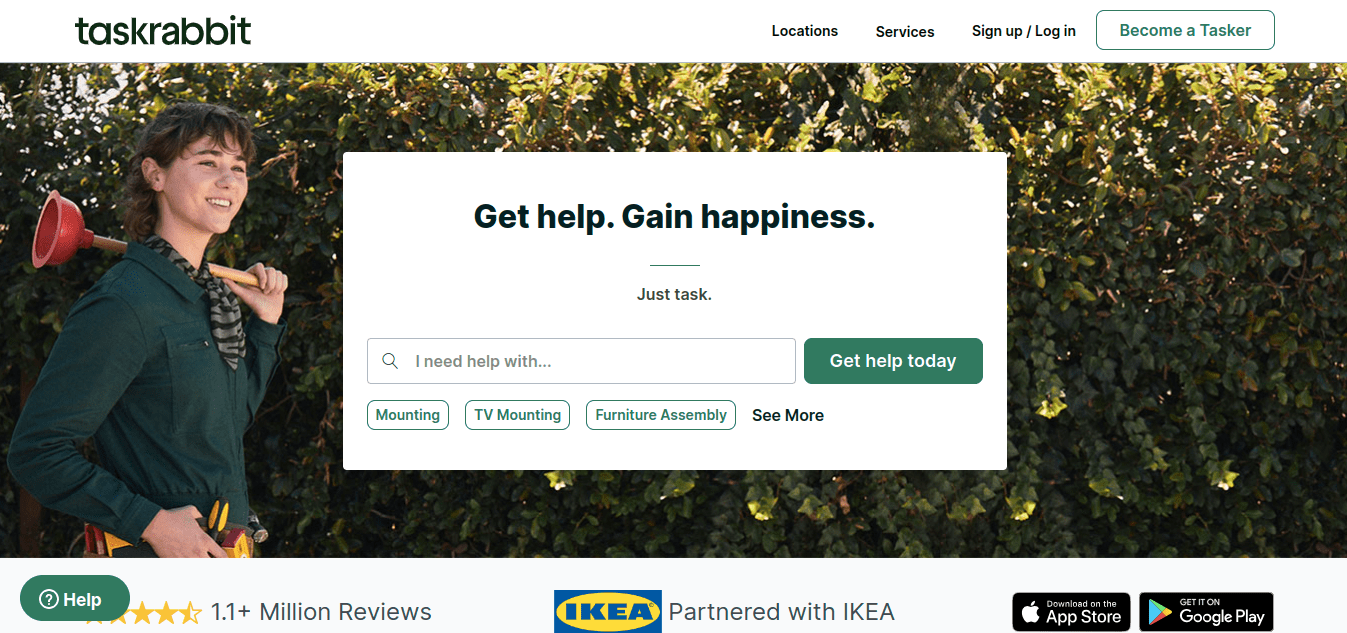
They were founded in 2008, 15 years ago as a RunMyErrand. TaskRabbit connects individuals who need help with their daily chores with local freelancers who can perform those tasks.
Here the platform has two users, task posters (one who posts the job that ought to be done), and taskers (who have done the job).
Workflow of the platform?
1. Posting a job
At the start, the customer(the so-called task posters) posts the job.
2. Tasker bidding
Once the task is posted, the taskers get notified, and they quote the price.
3. Selecting the taskers
Based on their preference and previous work, the task poster can choose any of the taskers.
4. Task completion
Finally, the taskers fulfill their job.
5. Ratings & reviews
If the Task posters like the service, they can rate and review the service to show their gratitude.
5. LendingClub
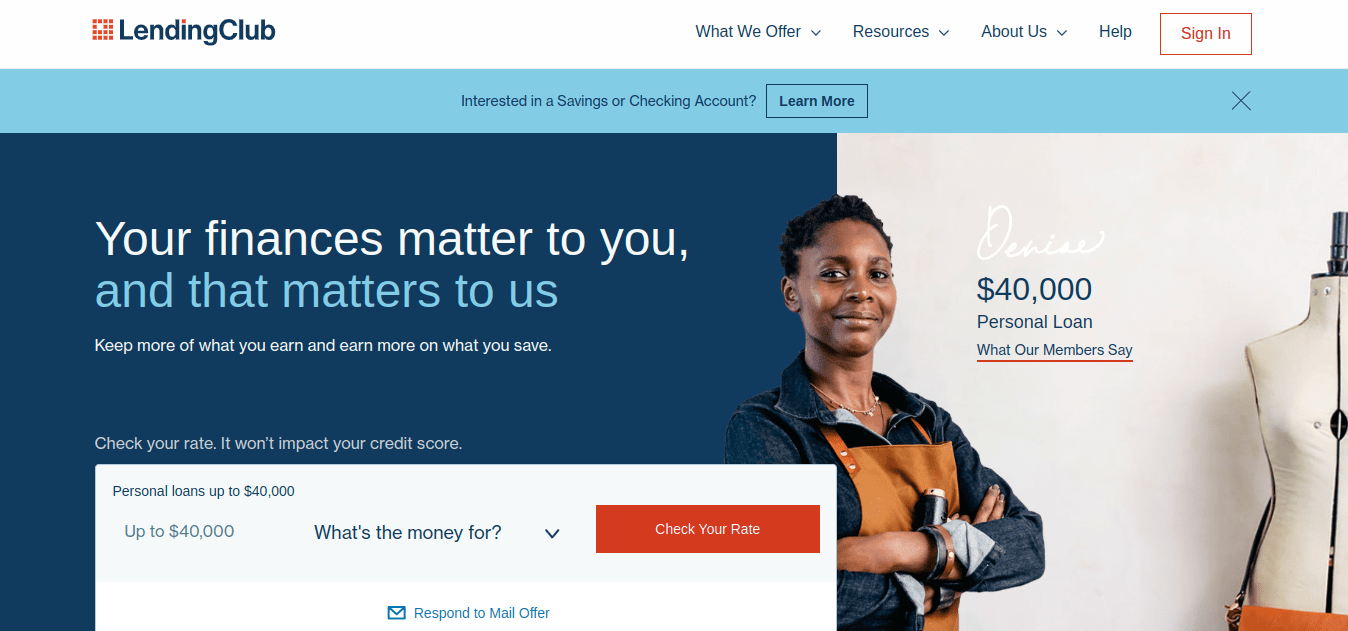
It is a financial service company founded in 2006 and they’re known for being the first P2P lender to register its offering as securities with the Securities and Exchange Commission.
Comparing its growth, LendingClub is the world's largest peer-to-peer lending platform. But what have they done differently?
The platform connects borrowers who need a loan with the lender who funds those loans.
The point is they eliminate the need for traditional banks as intermediaries and allows individuals to lend and borrow from one another.
How do peer-to-peer businesses earn?
1. Transaction fees
Transaction fees hold the major share in how peer-to-peer businesses makes money. The fee is either at a fixed rate or based on the overall transactional value.
2. In-app advertisement
After the platform reaches a certain level of growth, they step into an in-app advertisement that helps to broaden their revenue growth.
It means the platform promotes the listing or service in return for cash.
Thus, it's a win-win at both ends.
3. Subscription
In this model, where the P2P platform charge subscription fees and gives access to additional services at no additional cost - sorry!
But that’s how the model is being marketed by the brands.
Advantages rely on the P2P concept
1. Helping the users
The platform itself acts as a helping hand for the users.
For instance, let's say without Airbnb, who would've gathered guests and the host and made them collaborate in the process of renting and hosting?
But if it hadn't been Airbnb, someone else would have done it. That's the other case.
2. Direct interaction
Direct interaction, I mean making the user and provider interact without any intermediator.
For example, as we saw earlier, hiring a freelancer doesn't require communication with the platform. It can be done directly with the freelancers.
3. Flexible and convenience
The peer-to-peer model is said to be everything in one place.
- If we want loans, there are a lot of lenders.
- If we want taxis, there are many choices.
- If we want anything, peer-to-peer businesses would make it available to us.
And all this through the online platform(web or app).
That's so flexible and convenient.
4. Empowering individuals
It is hard to get a job in today's scenario. That's what everyone says. Let's not get there.
But the business relying on the P2P concept has eased the burden of employees in getting a job or getting their service served to the other end.
5. Cost efficiency
Peer-to-peer businesses can be cost-effective, but it holds various factors before proclaiming that.
It differs based on the industry they're in, the business model, and offerings.
In this way, being an online platform, there are more chances for higher user participation compared to traditional businesses.
Though, they tend to follow a high-volume - low-profit approach.
End note
The peer-to-peer business model has emerged as a beacon of innovation and disruption in an era of growing technology and shifting consumer behaviors.
It has transformed the way we access services, share resources, and develop communities by enabling direct connections.
Whether it's finding unique accommodations, sharing rides, supporting local artisans, or funding personal loans, they got us covered.
However, we can only anticipate this business model to evolve and groom.
Did I miss anything?
Whatsoever, I am tired now. So, goodbye.





